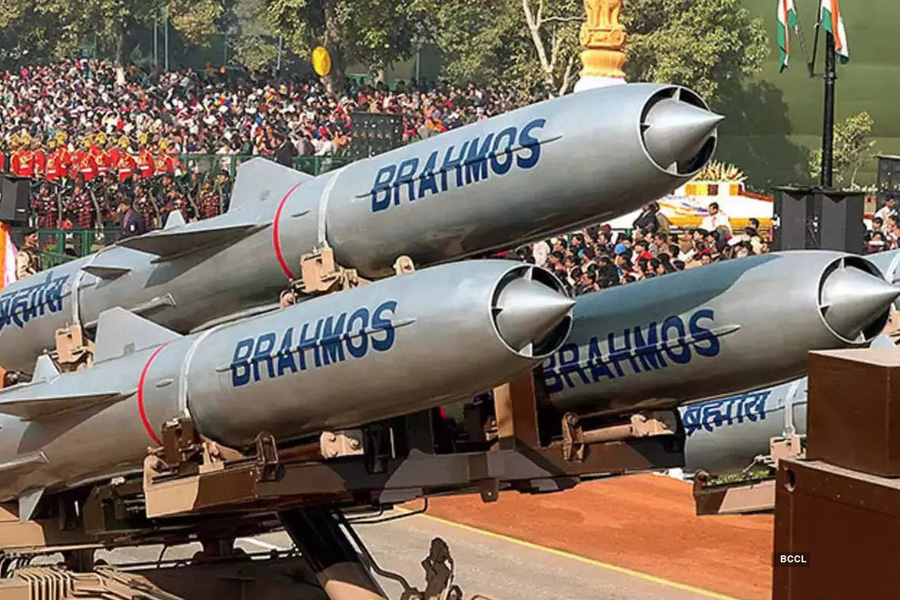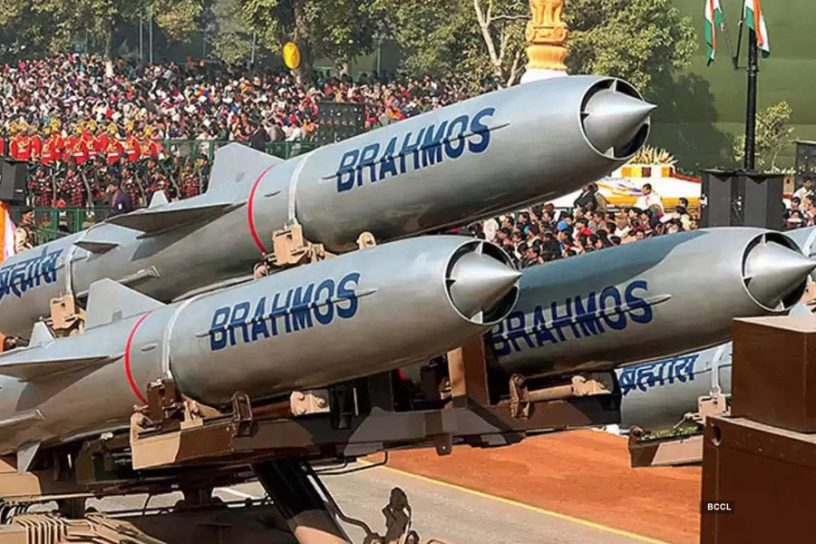
There is a need to incentivize domestic firms by easing the bureaucratic process of issuing licenses for defence production along with active civil-military integration.
Authors
Abhinav Mehrotra, Assistant Professor, Jindal Global Law School, O.P. Jindal Global University, Sonipat, Haryana, India.
Biswanath Gupta, Associate Professor, Jindal Global Law School, O.P. Jindal Global University, Sonipat, Haryana, India.
Summary
As India prepares to sell its military equipment, including Tejas and Brahmos, to Malaysia and the Philippines, it seeks to establish itself as a defence exporter which holds great significance as no country can be called a superpower without it being a defence exporter.
To be known as a superpower, the country must make a significant mark for itself in the international defence market and must export lethal weapons to countries, and not be an importer of defence equipment. This fact is substantiated by the study of The Stockholm International Peace Institute which suggests that every year there is a sharp rise in defence expenditure.
The major beneficiaries of such a rise are the United States, Russia, France, Germany, and China. These industrialized countries are having domestic arms manufacturing supply chain to meet global demand. India along with Pakistan, Saudi Arabia, and the United Arab Emirates are the biggest arms importers of military products.
After having emerged as a key exporter of the automobile, pharmacy, and information technology industry, India is working to graduate into a manufacturing hub for weapons, arms, ammunitions, warships, and planes for international as well as domestic needs.
In this light, some questions arise: what exactly is the broad and multi-sector initiative called “Make in India”, the characteristics that distinguish India as a possible future leading exporter, the steps that need to be taken to achieve such status, and what can be the possible way to ensure that India acts as a responsible defence exporter?
In simple terms, the Make in India program aims at self-reliance in armament production i.e. with an aim to convert from a leading arms importer to a major producer which means achieving import substitution and boosting defence exports, and achieving self-reliance and putting forth an image of an India beholder to no other i.e. being free from the coercion of supplier states and not be locked out of military technologies.
Published in: CNN-News18
To read the full article, please click here.


